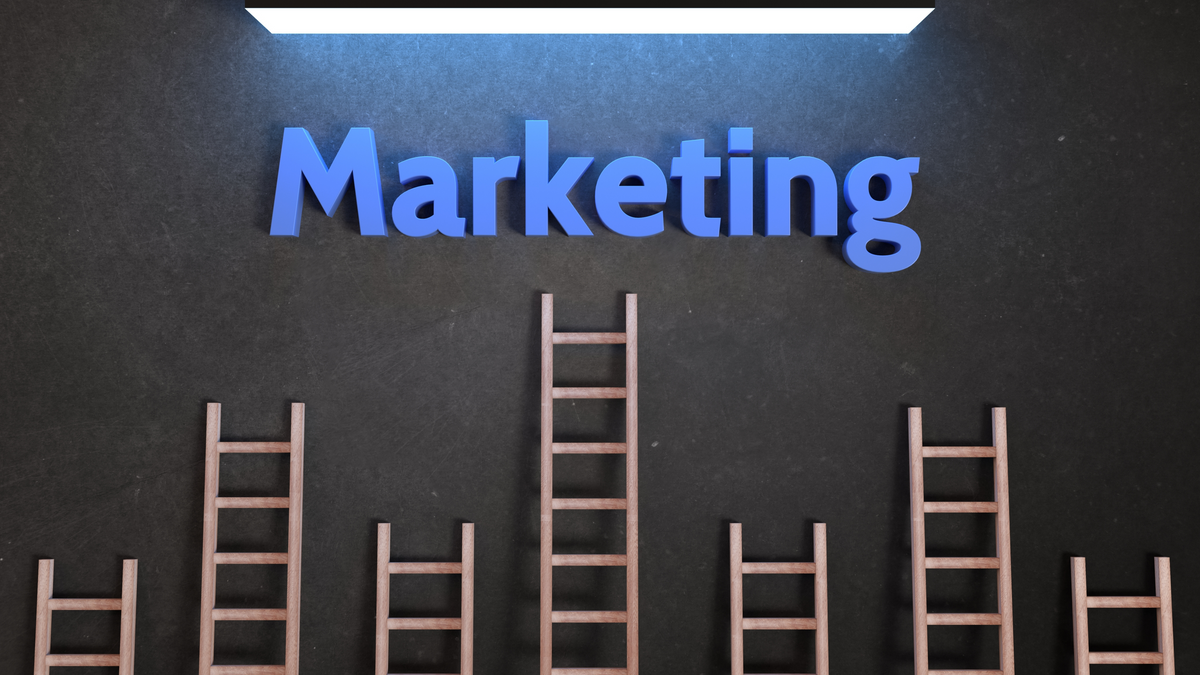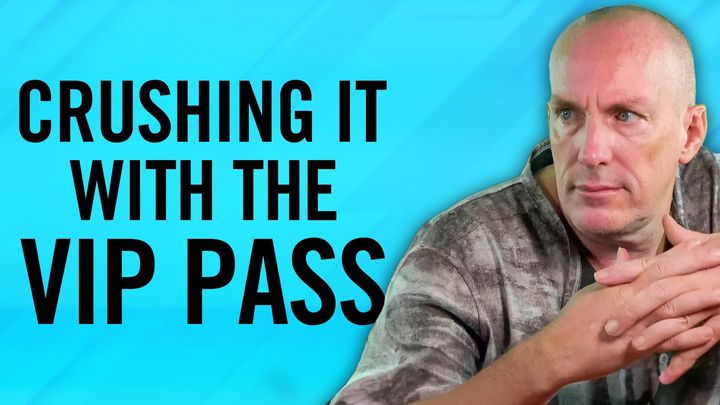The Colossal (Yet Tiny) Mind-Shift that’ll Change the Way You Approach Marketing your Business

You’re a marketer. How do I know? Because if you weren’t you wouldn’t have made it past the headline. And if you own a business, no matter what business you’re in, marketing is your most important job. So to crush it in business, you better get used to calling yourself that.
Unfortunately, as a marketer, you’re pummeled with new tricks and tactics you “need to know” to market your business successfully in this online age. And I won't lie to you learning these strategies and tactics is vital if you want to excel.
But what if I taught you a mind shift you can make, today, that even if you never learned another new fangled tactic, would dramatically change every bit of marketing material you produce from today onward.
It’s a shift that’s colossal in results, but yet tiny in description. In fact, I can sum it up in 3 words I’ll tell you in a sec.
When I was first figuring out this online marketing thing, I’d spend hours and thousands of dollars studying sales formulas, downloading (or stealing) swipe files, trying to come up with snappy headlines, writing detailed feature bullets, searching fancy images, and looking for the next shiny object.
I’d switch tactics like most people change their shorts. But early on nothing created the impact I craved.
Maybe you’re the same. Maybe your sales letters convert ok, but you’d like to see it do better. Or maybe you can’t convert anywhere near where you want.
Have you looked at half billion-dollar companies like Agora and wondered what makes them different.
Most Marketing Messages are Disjointed, Complicated, and Scattered
When you’re presenting your product or service to the world, you want it to shine. Everyone does. You understand your product better than anyone, and you want everyone to be as intimate about it as you are.
That’s natural, so most marketers cram every idea they can imagine into their messaging. If it’s an info product, they’ll tell story after story about its success. If it’s a diet pill they’ll talk about how you'll lose weight, feel more energy, and ace your exams.
Or if their product helps teachers do one thing and cab drivers do another, they’ll have a headline mentioning both.
Then they’ll go on for page after page listing one benefit after another, hoping to hit their prospects from so many angles they’ll have no choice but buy. They come up with convoluted angles and arguments trying to sound creative when the opposite is true.
You know I’m right, because you’ve seen it.
This approach leaves readers bored, confused, and worse, assuming they know exactly what you will tell them. They think no matter you’re talking about, they’ve already heard it before.
The key mindset differentiator between A-Level marketers, and your average run of the mill marketers isn’t making things complicated. It’s in simplifying their message. In fact simplifying it to one big idea.
So what is The Big Idea?
The Big Idea or as Mark Ford calls it “The One Thing” is the single idea that drives your entire marketing funnel or campaign.
Every marketing message you create, whether it’s a tweet, a long form sales page, or an entire funnel needs to revolve around one… not two, not three… but one central concept.
It doesn’t matter if it’s a webinar, sales letter, email, opt in page… It has to bring a new idea to the market. Specifically one big idea.
That concept, or idea, needs to be large enough your ideal client cares enough about it to reach the end of your message.
For example, look at one of the best performing sales letters of all time, “The End of America” from Porter Stansberry.
This long video sold an investment newsletter, the same investment newsletter they’ve been selling for many years.
He could have spent 40 minutes talking about their successful stock picks, benefits of the newsletter, and more. And have a headline like “Pick winning stocks every time.”
But that would bore everyone into a coma and wouldn’t stand out from any of the several other investment newsletters you could choose.
Instead, his video focused on one central idea that the end of the petrodollar meant the end of America. Now that’s a BIG idea.
Then the video broke down that idea in an easy to understand way, not even mentioning the investment newsletter until the end.
But because it focused on the Big Idea hundreds of thousands of people stayed glued to the video and purchased a subscription.
Why do you need The Big Idea?
Never in history have so many marketing messages pounded your prospects. Between email, social media, billboards, TV, Radio, websites, SMS, magazines, newspapers, and so much more, it’s somewhere between 3000 and 8000 messages or even more every day.
Fortunately for you, who’ll know better after reading this article, most of these ads focus on big promises that no one believes any more. And they use the same tired messages as everyone else. You’ve no doubt read sales letters where you recognize the formulaic pattern of others.
You've seen a headline and predicted what the letter was about, without even reading it. And at that moment, you checked out or stopped reading.
It's called mental opt out, and it’s the only way we could survive the thousands of messages piling on top of us.
Key Criteria for a Big Idea
For a Big Idea to work, it needs to capture your prospects attention and keep that attention throughout the message.
There’s two common problems we run into in our messaging. One is using the same headlines, formulas, headlines, promises etc. as everyone else. The other is mixing multiple concepts or ideas. Most copywriters stand accused of both.
Both cause a categorical imperative, meaning I see a pattern and I automatically categorize the information as something I’ve seen before. Once that happens, you lose your prospects attention.
Your prospect may continue listening or scanning, but their brain is elsewhere because its determined it already knows what you will say.
You want your Big Idea to be a pattern interrupt, something that makes them sit up and take notice and force them to pay attention.
So the most important criteria of the Big Idea, is it needs to be a unicorn.
The Big Idea is a mind shift away from worrying about tactics and even benefits, at least at the start. And instead towards what will make your message different from everybody else. It’s drilling down on that one thought that disrupts your prospect and almost forces them listen to you.
Next time you sit down to craft a sales letter or other marketing material, stop for a moment and think about The Big Idea. You’re certain to craft a more cohesive and better converting message the first time you write one.
It’s the one thing… The one colossal mind-shift, that while tiny, will change your marketing messages forever.




